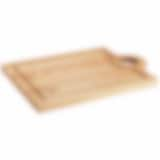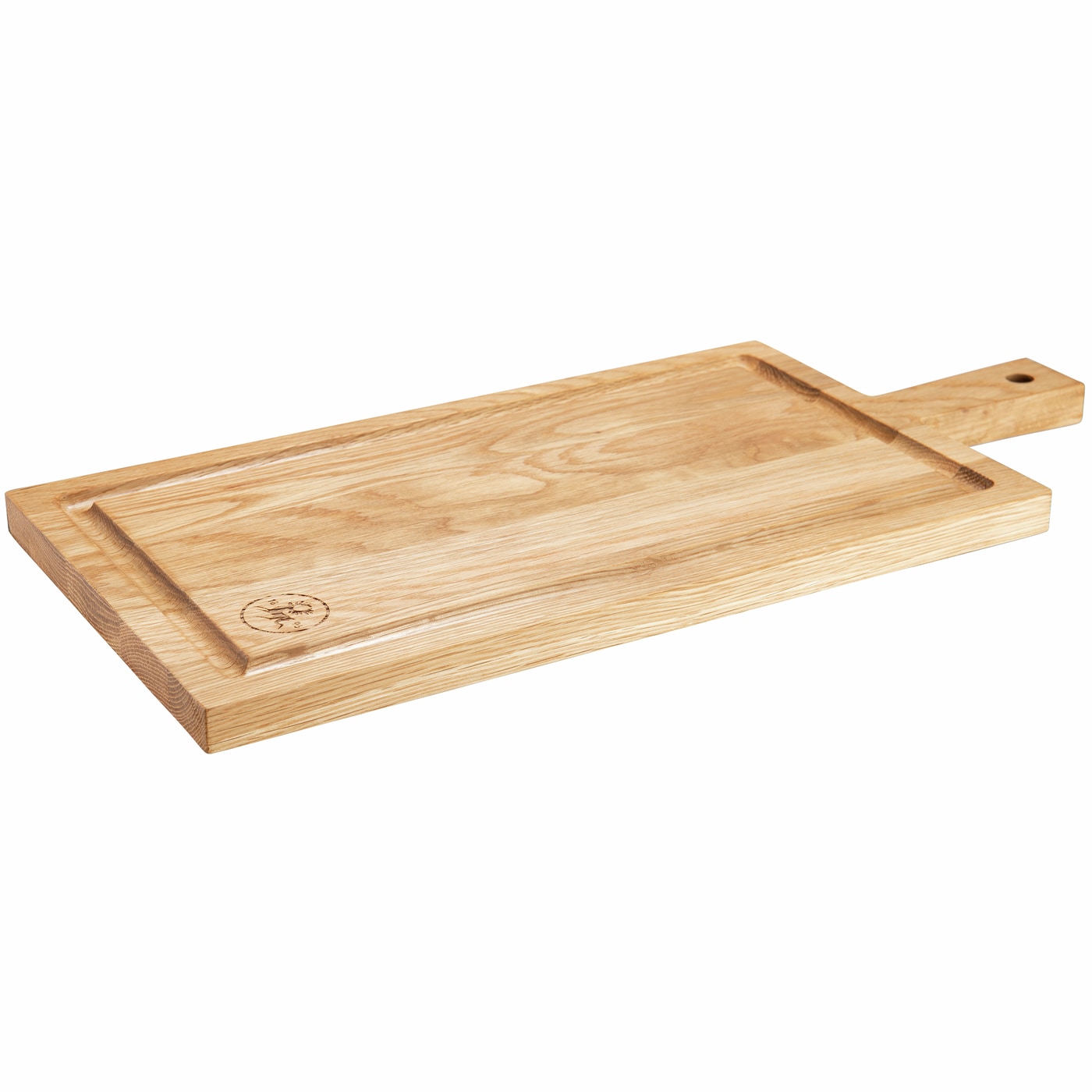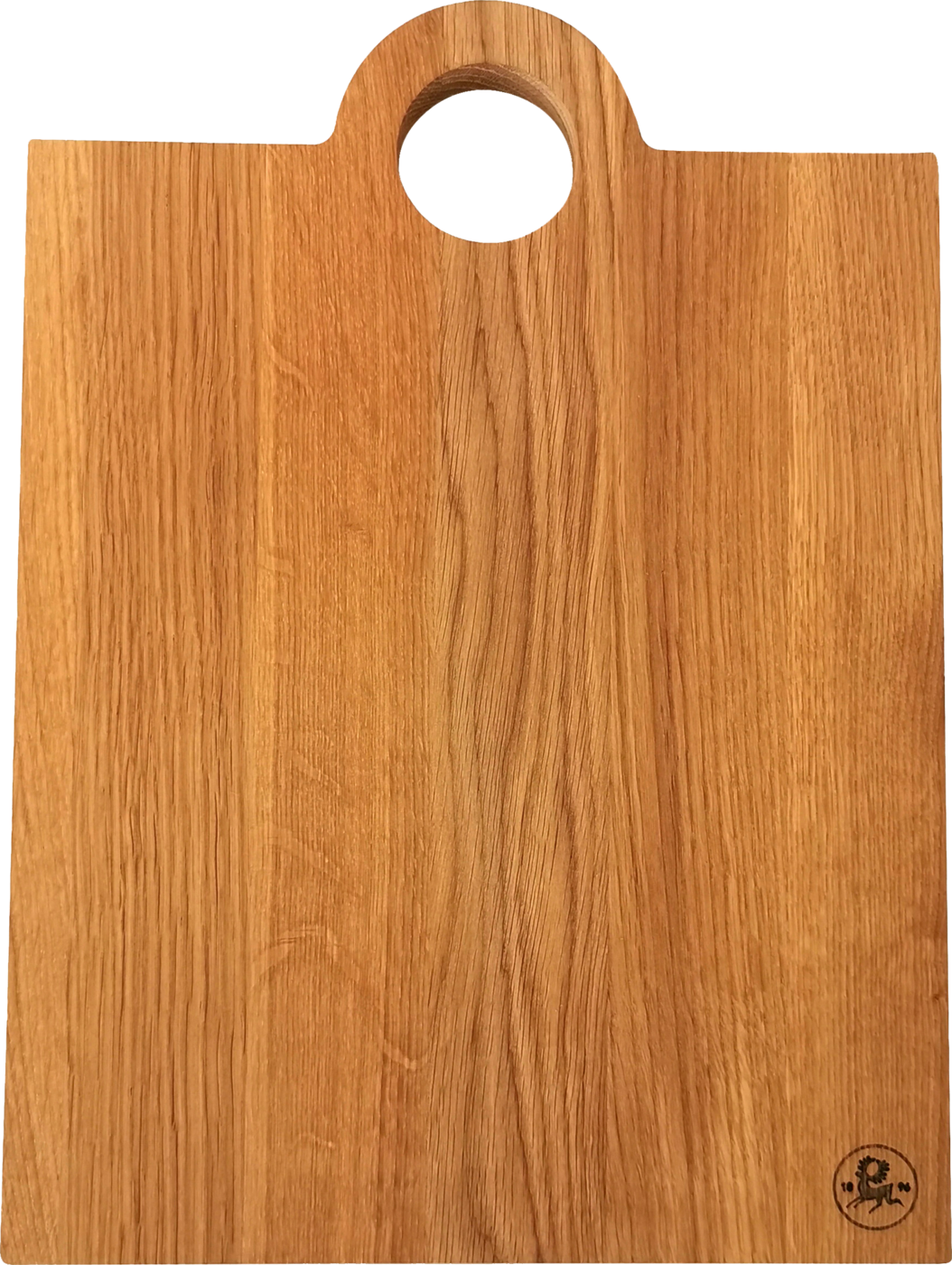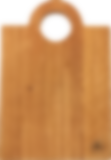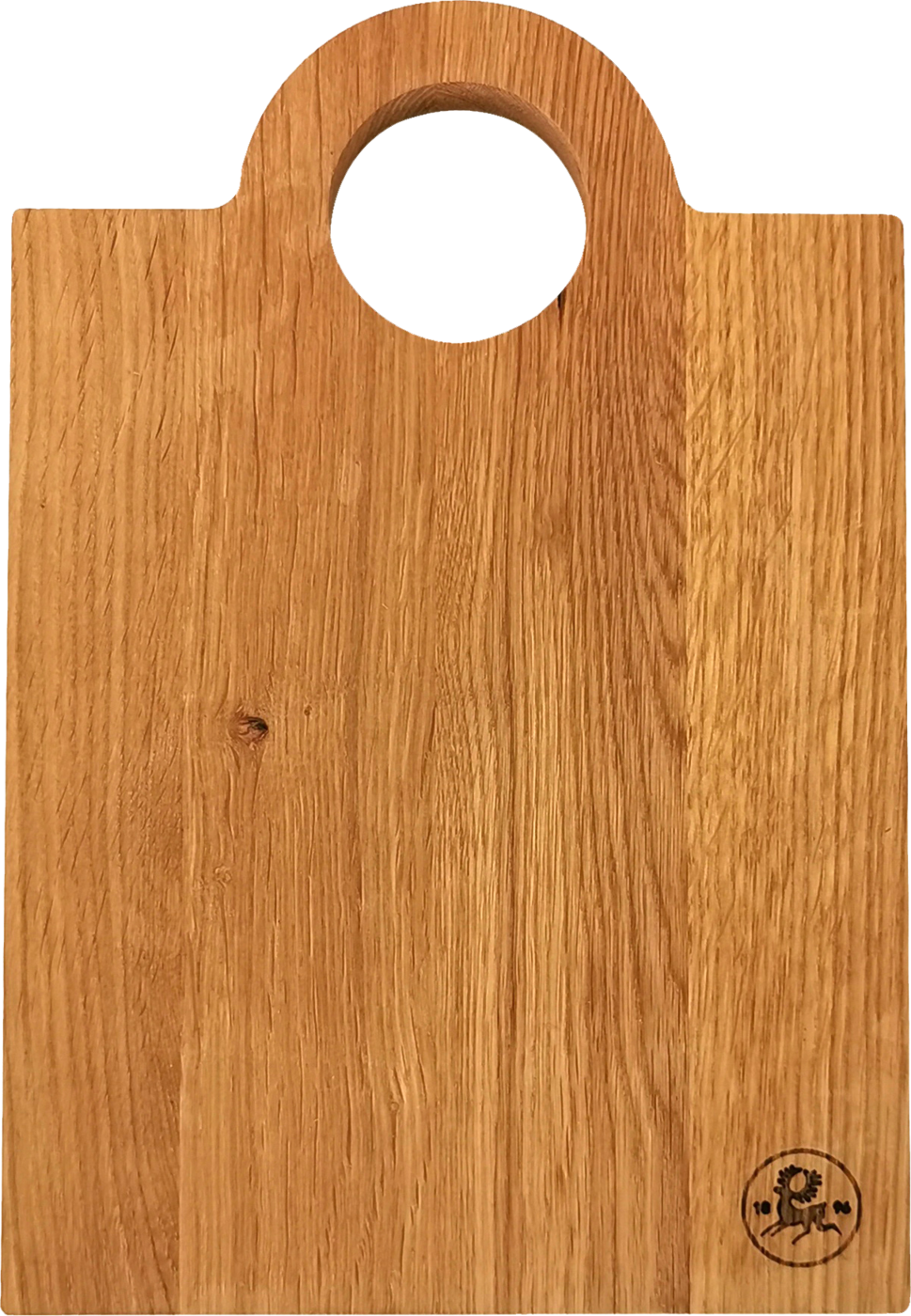4 products
Why You Should Choose a Cutting Board Made of Oak
When deciding between a wooden or plastic cutting board, there are many strong reasons to go with wood. Wooden cutting boards are natural, hygienic, gentle on your knives – and free from microplastics. At Brusletto, you'll find cutting boards made from European oak, a wood type known for its strength, durability, and beautiful finish.
Wooden Cutting Boards Are Hygienic and Naturally Antibacterial
Unlike plastic, wooden boards have natural properties that inhibit bacterial growth. When you cut on a wooden board, moisture and bacteria are absorbed into the wood fibers, where they die off faster than they would on plastic surfaces. On plastic boards, bacteria often settle into scratches and cracks – making them harder to keep clean over time.
Avoid Microplastics and Protect Your Health
Plastic cutting boards wear down over time. With each cut, the surface sheds tiny plastic particles that can end up in your food. This can lead to microplastic ingestion – a growing health concern. With a wooden board, such as one made of European oak, you don’t have to worry about that. You get a safe, natural material free from unnecessary chemicals.
Gentle on Your Knives – and Long-Lasting
Wooden cutting boards offer a stable, slightly forgiving surface that is much easier on your knife edges than hard plastic or glass boards. This means your knives stay sharper for longer, and you won’t need to sharpen them as often. A board made from oak is also highly durable and can last for many years with proper care.
How to Maintain Your Wooden Cutting Board
To maximize the lifespan and hygiene of your wooden board, wash it by hand with mild soap and dry it thoroughly afterward. Avoid the dishwasher – heat and moisture can damage the wood. Once a month, apply a coat of neutral cooking oil or a food-safe wood oil to keep the board moisture-resistant and help prevent cracking.


